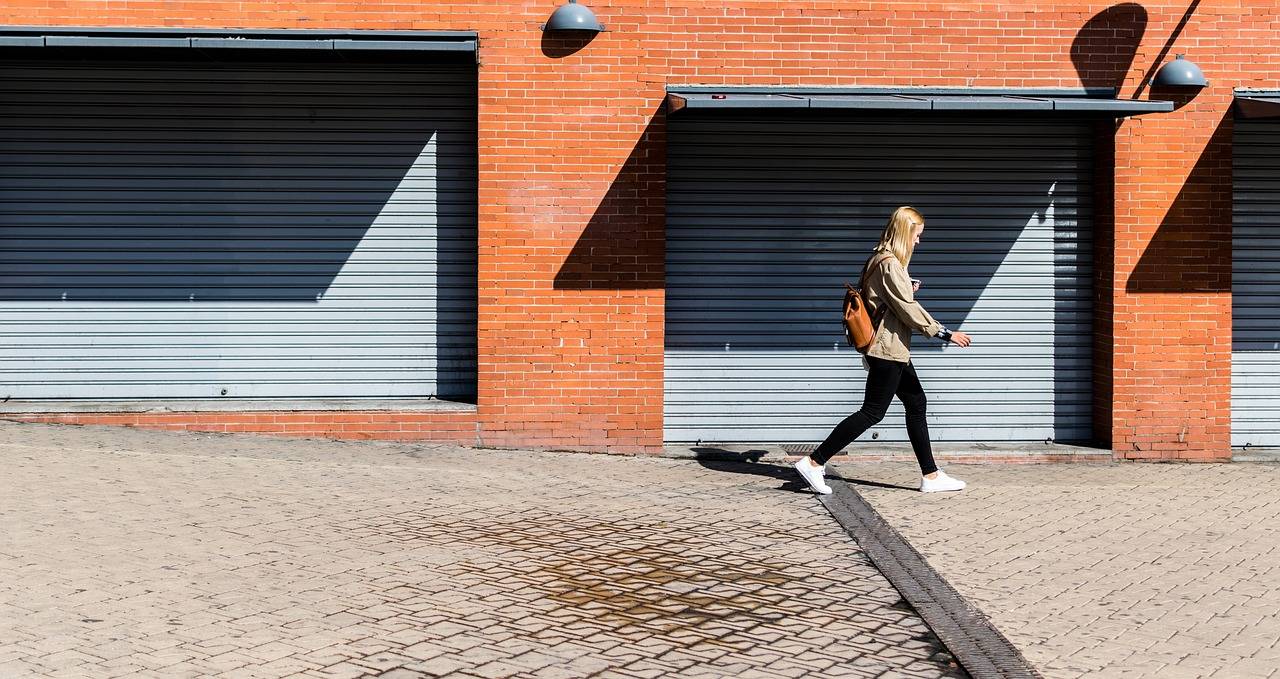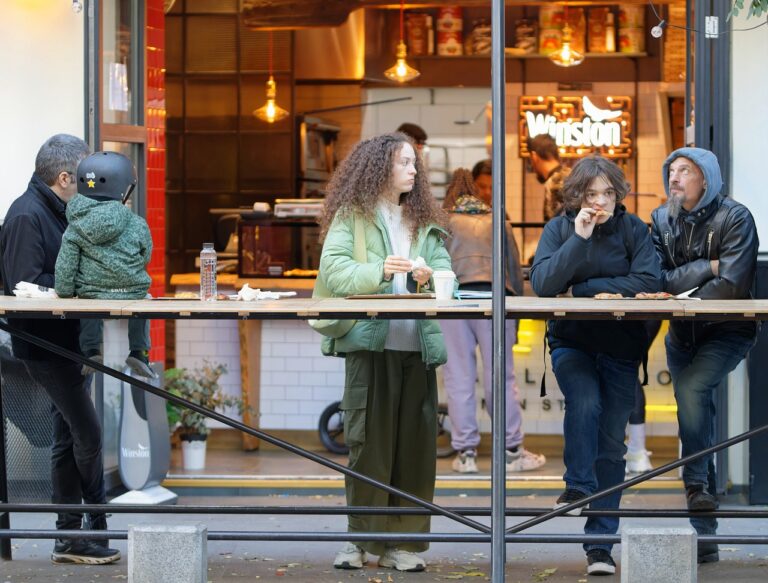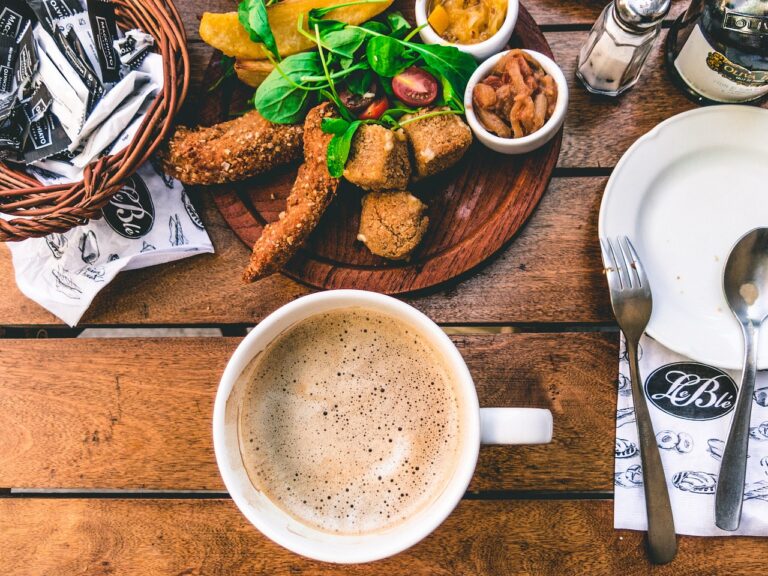Tableware for Culinary Education Programs: Designs That Facilitate Hands-On Learning and Skill Development
allpaanel mahadev book, laserbook247, bat book 247: Culinary education programs play a vital role in shaping the next generation of chefs and food enthusiasts. Hands-on learning and practical skill development are essential components of these programs, and having the right tableware can greatly enhance the learning experience. When designing tableware for culinary education programs, it is important to consider the specific needs of students and instructors to facilitate a seamless and efficient learning process.
1. Functionality: The primary goal of tableware in culinary education programs is to facilitate hands-on learning. Tableware should be designed to be functional and easy to use, allowing students to focus on honing their culinary skills without being hindered by the tools they are using.
2. Durability: Tableware in culinary education programs needs to be durable and able to withstand the rigors of a busy kitchen environment. It should be made from high-quality materials that can withstand frequent use and cleaning without losing their functionality or aesthetic appeal.
3. Ergonomics: Ergonomics plays a crucial role in the design of tableware for culinary education programs. Utensils and tools should be comfortable to hold and use, reducing the risk of injuries or discomfort during extended cooking sessions.
4. Versatility: Tableware for culinary education programs should be versatile enough to be used for a wide range of cooking techniques and recipes. Students should be able to experiment and explore different culinary styles without having to switch out their tools constantly.
5. Safety: Safety is paramount in a kitchen environment, and tableware should be designed with this in mind. Tableware should have features that minimize the risk of accidents, such as non-slip handles or heat-resistant materials.
6. Aesthetics: While functionality is important, tableware for culinary education programs should also be aesthetically pleasing. Students are more likely to be inspired and motivated to learn when they are using tools that are visually appealing.
When designing tableware for culinary education programs, it is important to collaborate with instructors and students to understand their specific needs and preferences. By prioritizing functionality, durability, ergonomics, versatility, safety, and aesthetics, designers can create tableware that enhances the learning experience and facilitates skill development in the kitchen.
FAQs:
Q: Can I use regular tableware in culinary education programs?
A: While regular tableware can be used, it is recommended to invest in specialized tableware designed for culinary education programs to enhance the learning experience.
Q: What are some essential types of tableware for culinary education programs?
A: Essential types of tableware include chef knives, cutting boards, mixing bowls, measuring cups, and cooking utensils.
Q: How can tableware facilitate hands-on learning in culinary education programs?
A: Tableware that is functional, durable, ergonomic, versatile, safe, and aesthetically pleasing can enhance the learning experience by enabling students to focus on developing their culinary skills without being hindered by their tools.







